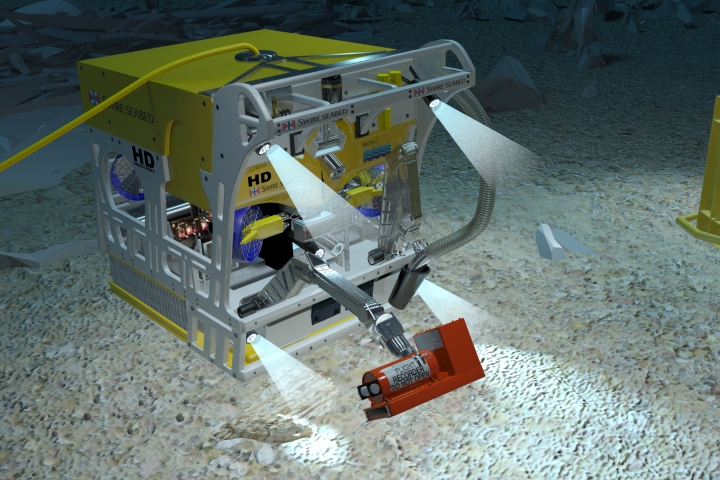
It was a flawed monitor design that took all aboard the Russian naval vessel Russalka to their deaths in a storm on September 7, 1893. If the ship had left port on schedule on her way from Neval (now Tallinn, Estonia) to Helsingfors (now Helsinki, Finland), she might have missed the rolling seas in the Gulf of Finland that eventually enveloped and sank her. Her master was late to the ship that day, and despite the approaching storm, Russalka was ordered to sail.
The 204-foot Russalka, or русалка, the Russian name for mermaid, was built for the Imperial Russian Navy in 1867. She was outfitted with two revolving gun turrets (the only ship of 29 inronclads in the fleet with two) which packed quite a formidable punch, though they were never fired in battle (her armorment included two nine-inch guns, eight 3.4-inch guns and five 1.5-inch guns). Russalka was on active duty for 25 years until it was decided due to her age, she would become a training ship for the Gunnery Training Squadron.
As she left Neval, Russalka was accompanied by the gunship Tucha (meaning cloud) to ensure her safety but as the storm brewed, the distance between the two ships increased and Tucha lost sight of Russalka as the galeforce winds howled and the rain pounded the seas. Tucha made it to Helsingfors unscathed. Russalka was never to be seen again.
But the search for Russalka didn’t even begin until September 9th after the body of a sailor and pieces of a wrecked lifeboat were found by fishermen near the Isle of Sveaborg, now known as Suomenlinna. A lighthouse warden had informed police and then a 37-day search ensued with 15 ships, but had to be called off due to bad weather. Another search was mounted the following summer that turned up nothing.
It is believed that Russalka sank due to her top-heavy design yet the decisions of many also contributed to her fate. The majority of the ship’s weight in iron plating sat above the water, and her low freeboard was less than three feet from the waterline to the deck, making her very unstable in high seas.
Russalka was initially found by EPRON military divers 1933. In 2003, a technologically-advanced search was carried out by Estonian maritime archaeologist Vello Mäss. My good friend and colleague Jim Delgado accompanied Vello on the expedition and had the privilege of diving the wreck. It was filmed as an episode of National Geographic’s The Sea Hunters (2001-2006).
The wreck of Russalka is placed in an unusual upright position, with her bow firmly planted in the mud and her stern rising 108 feet above the sea floor. A bronze monument sculpted by Amandus Adamson stands in Tallinn as a memorial to the 177 sailors who were lost.
Text sources: Wikipedia under Creative Commons licence.
http://archive.archaeology.org/0809/abstracts/mermaid.html
Photo credit: Wikipedia public domain image.
© Copyright Vince Capone 2013


